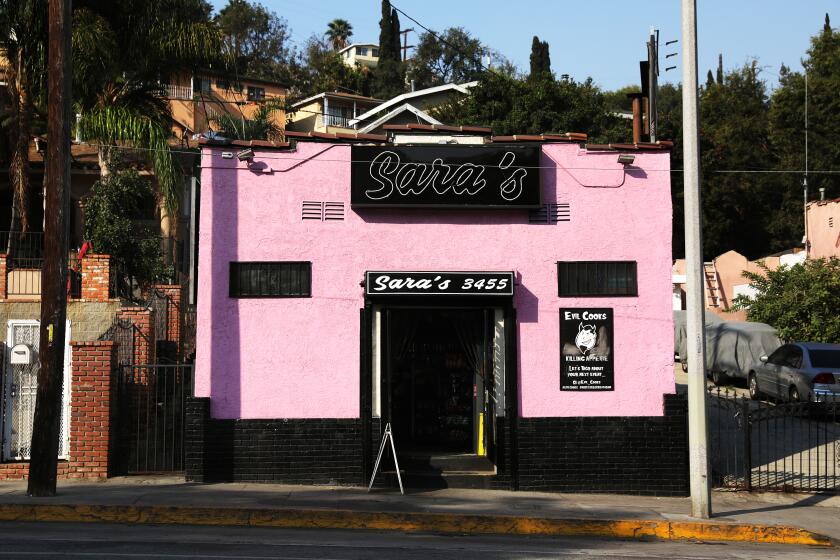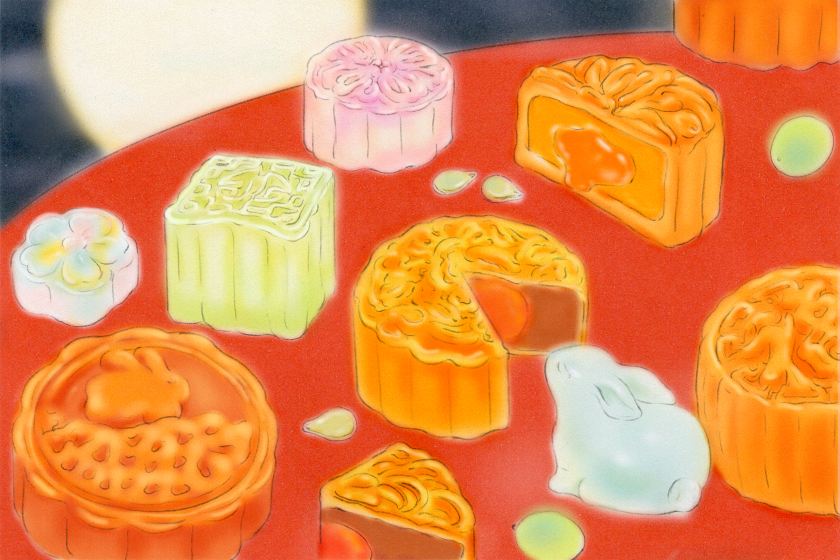Is that marzipan real or fake? There’s a new way to test it
‘Tis the season for all kinds of tasty treats, including marzipan. But the sweet indulgence made from ground almonds and sugar may not always be made from those expensive nuts. Fakes are on the market, and a new test may be able to spot them.
Yes, Virginia, counterfeiters have found their way to food, and apparently some items tagged as marzipan may be made with other ingredients, such as ground up peach and apricot pits, soybeans and peas. How to tell the difference? A recent study in the Journal of Agricultural and Food Chemistry used polymerase chain-reaction-based techniques to determine ingredients.
Polymerase chain reaction is a common way to copy small pieces of DNA quickly and cheaply and is used for things like paternity testing and diagnosing genetic diseases. Other testing methods used to verifiy marzipan quality, the authors point out, don’t always work or can’t detect very small quantities of substituted ingredients. German food guidelines mandate that raw paste sold as marzipan, used for candies and pastries, can contain only almonds. Similar products made with peach and apricot kernels are called persipan, and in production lines making both there may be cross-contamination.
German researchers tested marzipan that was spiked with various ingredients, such as persipan, soy, peas, chick peas and fava beans. Using the polymerase chain reaction method they were able to detect as little as 0.1% of an impure component.
This method could, the study authors said, help screen marzipan for adulterated products.
More to Read
Eat your way across L.A.
Get our weekly Tasting Notes newsletter for reviews, news and more.
You may occasionally receive promotional content from the Los Angeles Times.










